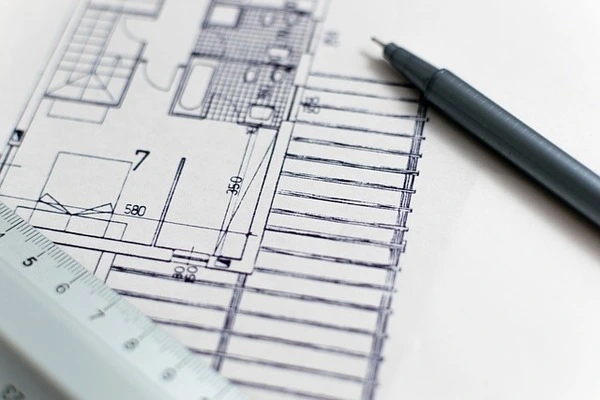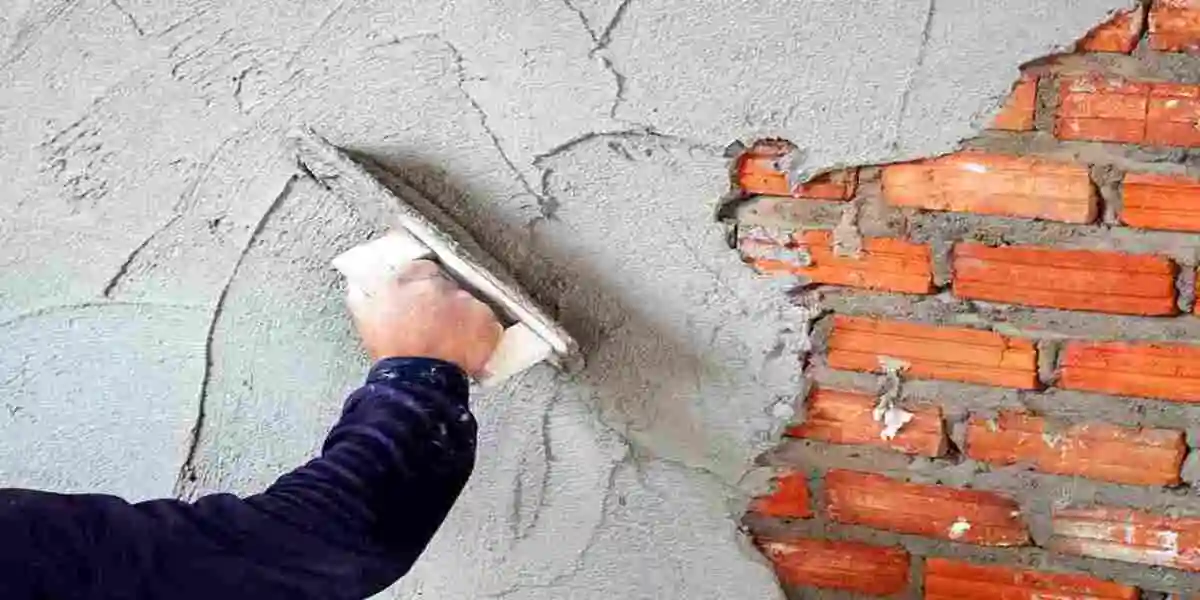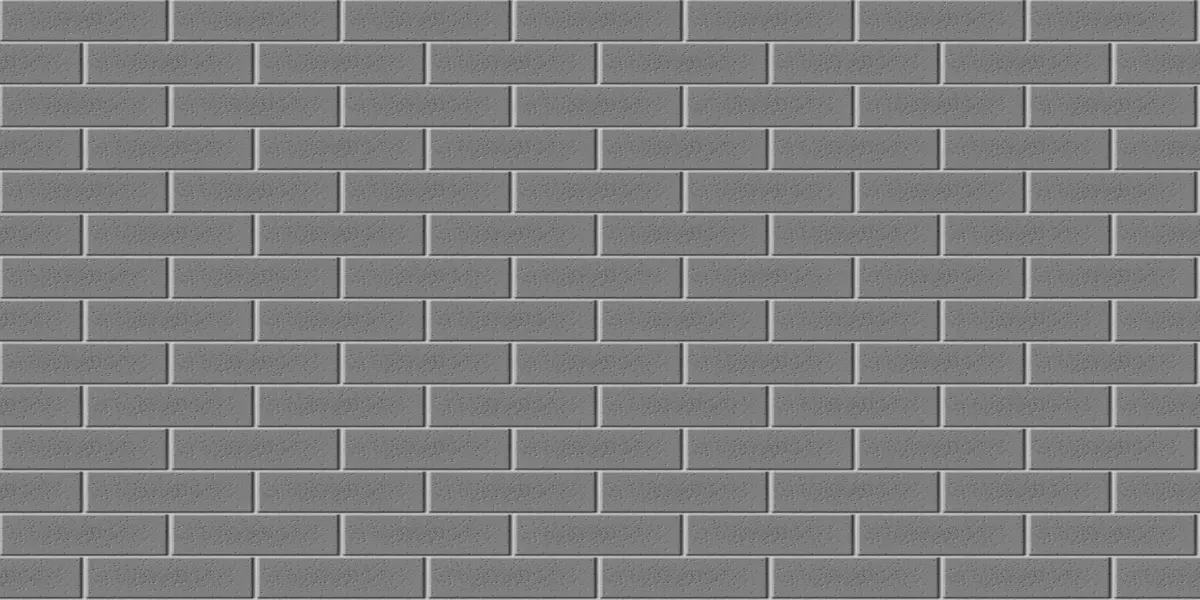The Bill of Quantity (BOQ) is an important written document used in construction projects that lists and quantifies materials and labour required for a building project.
Before you start any serious building project, one of the most important documents you should have in your hand is the Bill of Quantity.
Many people rush into construction without proper planning. They simply start buying blocks, cement, and iron rods, and pay workers without knowing how much they will actually spend.
Before they know it, the money finishes halfway, and the project stops. This is why you need a Bill of Quantity before commencing any construction project.
The Bill of Quantity, commonly known as BOQ, is a detailed breakdown of all the materials, labour, and costs required from the beginning of the project till the end.
In most cases, it is prepared by a Quantity Surveyor, and it helps the client to know or understand the following:
- What exactly will be used in the project?
- How much quantity of each material will be needed?
- The labour is involved in every stage.
- The total cost of the project from foundation to completion.
- What specifications are required for each material?
Recommended Articles
- FRP: What You Need To Know About Fibre-Reinforced Plastic?
- How To Simply Estimate The Quantity of Plastering Materials
- Shallow Foundations For Medium Structures: A Quick Guide
- Engineering Tutorials: The Complete Tutorials for Engineers
- Structural Elements: Everything You Need To Know About Beams
- Difference Between Architect and Civil Engineer: The Quick Guide
- Engineering Ethics All Engineers Should Know Right Now
Table of Contents
Key Elements of Bill Of Quantity (BOQ)
To understand it better, the following are the key parts of a Bill of Quantity (BOQ):
1. Preliminaries
This covers general items such as site clearance, temporary works, mobilisation, and other activities that need to be in place before construction starts.
2. Materials Breakdown
Here, you’ll see a list of all materials required, such as cement, sand, gravel, stones, iron rods, blocks, wood, roofing sheets, tiles (wall and floor tiles), and finishes with their exact quantities.
3. Labour Costs
Every stage of work, such as foundation work, blockwork, concrete work, carpentry, roofing, plumbing, electrical, and painting, is calculated with labour charges.
4. Measured Works
This section shows the quantity of each work item. For example, “100m² of plastering,” “50m³ of concrete,” “200m of wiring.” It makes the whole project measurable.
5. Provisional Sums
This is money set aside for items that may not be certain at the early stage, like unforeseen site conditions or special fittings.
6. Summary and Total Cost
Finally, the BOQ sums everything up so you know the total money needed to finish the project.
Format of BOQ

Generally, the Format of a Bill of Quantity (BOQ) is typically structured in a tabular format. It provides comprehensive details about each element of the work, including item numbers, material descriptions, unit of measurement, quantity of material, price per unit, and the total cost for each item.
Furthermore, BOQ serves as an important tool for cost estimation, procurement, and financial management, helping to ensure that all stakeholders have a clear understanding of the project’s scope and the total value of the project.
How To Prepare a BOQ
The following are the step-by-step instructions on how to prepare the BOQ:
- Have the project data: Start by collecting all the necessary data about the engineering project. The data include architectural drawings, structural drawings, plans, elevations, specifications, and any other relevant details required for the project.
- Break down the project into smaller, manageable sections. The manageable sections include substructure, superstructure, and finishing.
- List and describe materials: For each section as described above, list all the construction materials, labour, and equipment needed. Provide a detailed description for each item, including specifications like dimensions, quality, and other relevant details.
- Measure quantities: Calculate the amount for each item. These quantities are precisely measured based on the project plans (dimensions) and specifications.
- Determine the material costs: Assign unit costs to each measured item based on current market rates or supplier quotes. Then, calculate the total cost for each item by multiplying the unit cost by the quantity.
Finally, you will calculate the total project cost.
Conclusion On BOQ
With a BOQ, you will not have to guess anymore. You already have a guide that tells you how much it will take to reach foundation, roofing, and final finishing.
It also helps you monitor your site and avoid wastage, because you can compare what was supplied with what was calculated.
Building without a BOQ is like travelling without a map; you may end up stranded.
Good luck!
That’s all.
Join the conversation by replying on Bluesky.
If you liked this article, please join WebsiteForEngineers on Twitter, Facebook, TrueSocial, Pinterest, BlueSky, and in our WhatsApp channels.














